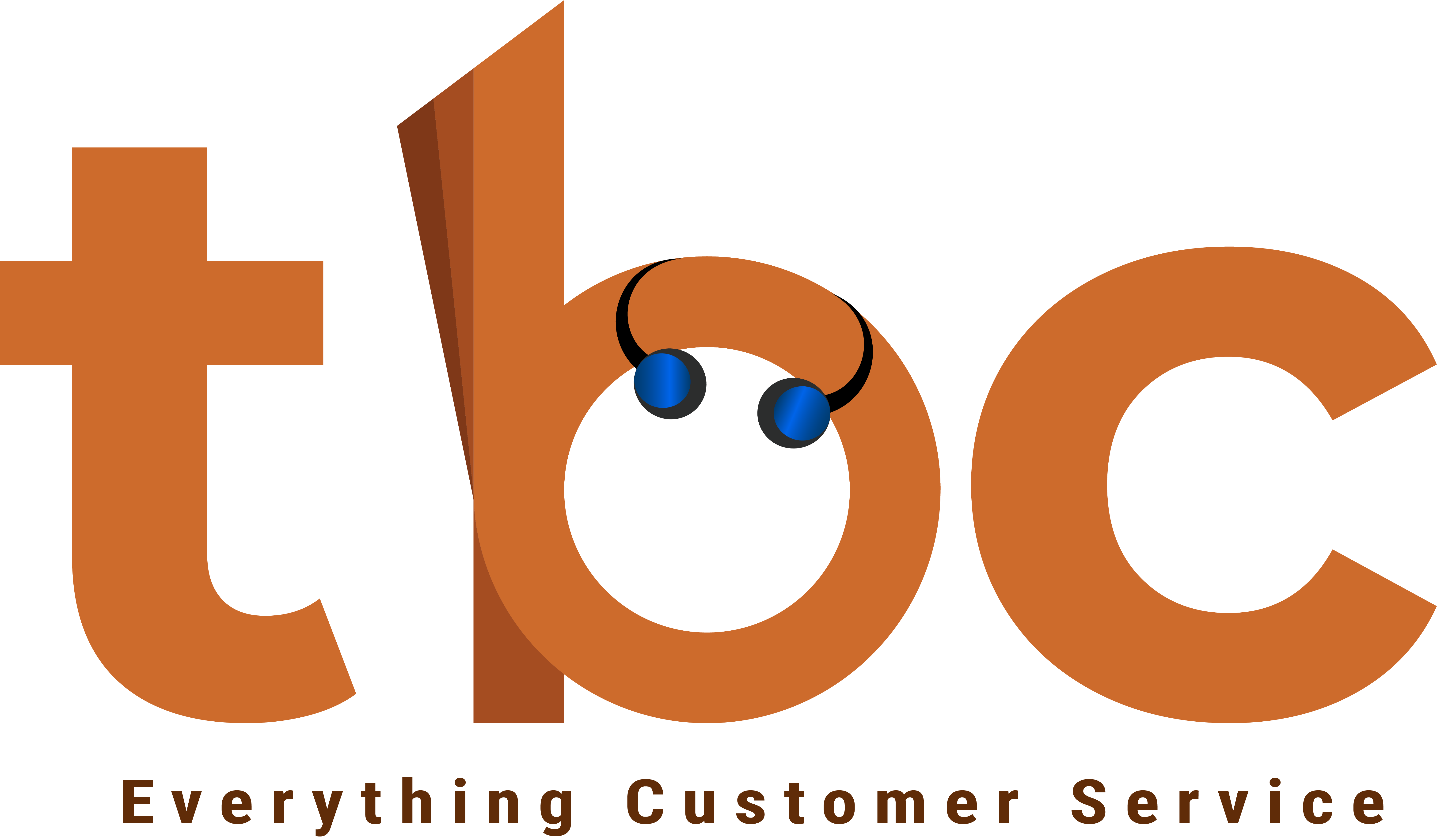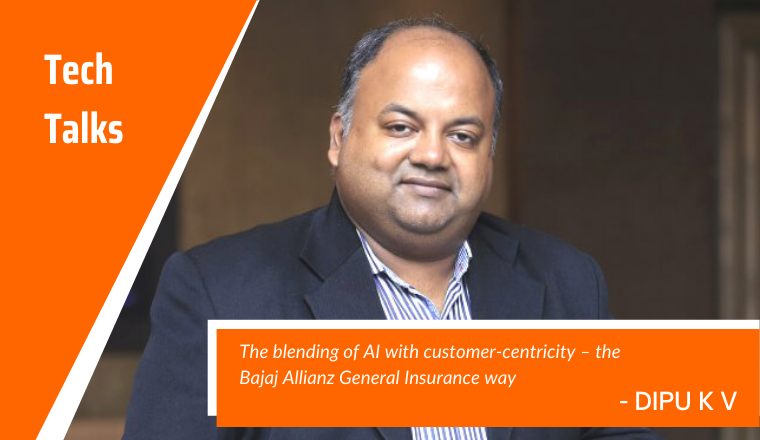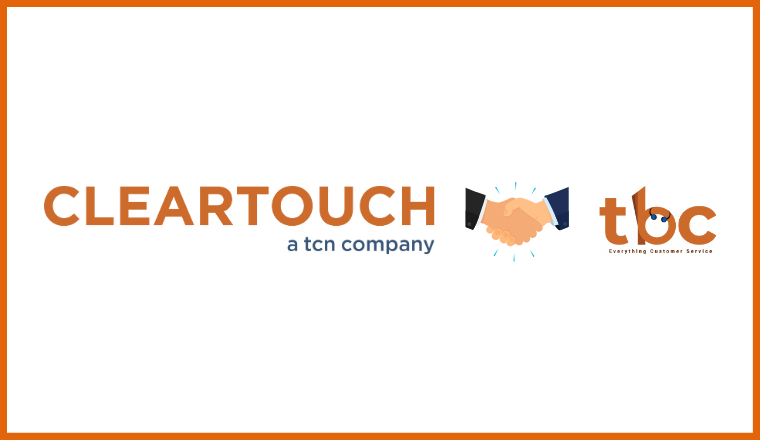I recently wanted to switch my Internet connection from one location to another. I called up the customer care facility and gave my request. This process took me about 20 minutes.
The service provider accepted my request and suggested that they would check the feasibility of migrating the connection to the new location. The new site did not have additional ports, and hence they could not fulfill my request. It took them 72 hours to come back with this information. However, they did not offer any solution.
So, I called them again and asked them about the next steps.
They mentioned that they would add ports and provide me connection at the new location in 72 hours. I had to be on the phone for 20 minutes to get this done. I waited 72 hours, and nothing happened.
So, I tried reaching them three more times. Every time, it took me 20 minutes to speak to an agent, and every time they promised me immediate resolution. However, they did not migrate the connection.
Then, I decided to cancel the Internet connection, and despite trying repeatedly, I could not do that on the phone or their official mobile app. So, I went to their experience center and went through all the Covid formalities before meeting with a representative. I filed my request for disconnection, and they accepted it.
Then, as soon as I reached home, I received a call from their disconnection team asking me to reconsider my decision. They also suggested that they’d waive my charges during the period of inactivity due to this migration. Also, they made sure that the new connection was up and running in the new location within four hours.
What does this teach you?
This means that you have ways and means by which you can deliver excellent customer experiences, but your process does not allow you to do so.
You end up creating friction at every stage of your customer journey.
Let us look at all the friction in this journey of mine:
- Friction 1 – there was no automated menu option for shifting my connection to a different location. There wasn’t an option for me to reach a customer service representative directly. I had to go through the entire IVR menu that was unnecessary for me before speaking to a live representative. This process took me 20 minutes.
- Friction 2 – the feasibility took about 72 hours, which ideally should have taken only a couple of hours. Even after figuring out that it is not feasible, they did not offer a solution.
- Friction 3 – I tried reaching them multiple times, and every time I had to wait for 20 minutes before contacting a representative. Instead, if they let me key in a complaint number, they can address my queries faster
- Friction 4 – there was no choice for me to disconnect on their official app or the customer care number. This requires an OTP authentication, and that never happened.
- Friction 5 – I had to take time out to visit their experience center to file my disconnection request. That took me about 90 minutes, including travel time.
After all this, they were able to fix my issue within four hours.
Is it that difficult for a service provider to map this journey in a way that I feel delighted?
I understand that organizations are trying to make the customer experience a self-service process and automate more than 80% of the tasks. While this would save the service provider money and make things easy for the customer, is it being implemented correctly?
In my case, they should have just provided me the choice to speak to an agent directly when my request is not a part of your automated customer service process. This would have eased things and reduced the friction.
As a service provider, with any automation or intelligence that you add to your customer experience journey, you have to ensure zero friction. Else, it would affect the customer journey and result in dissatisfied customers.








